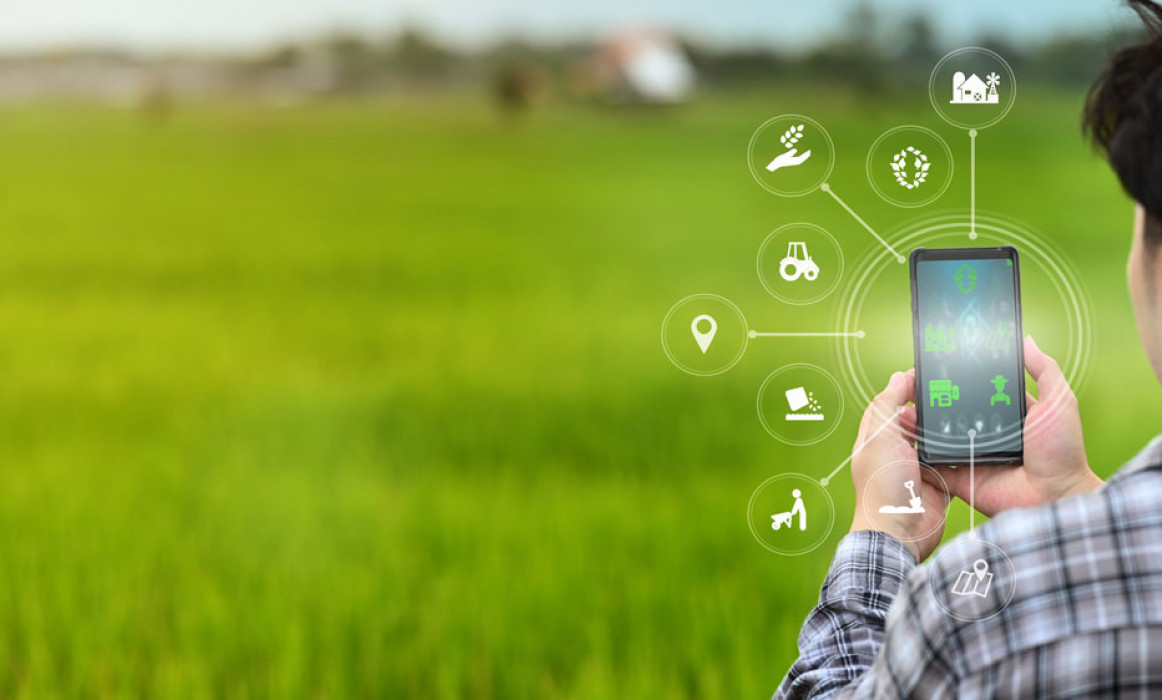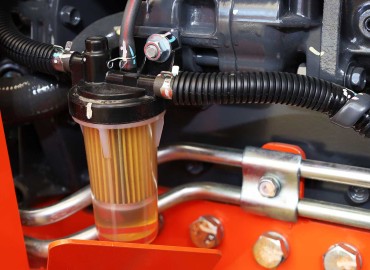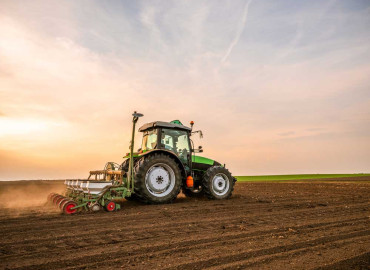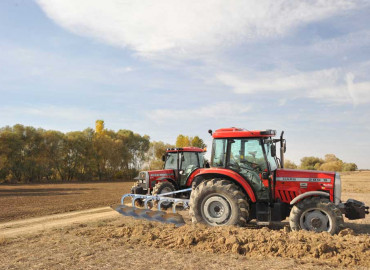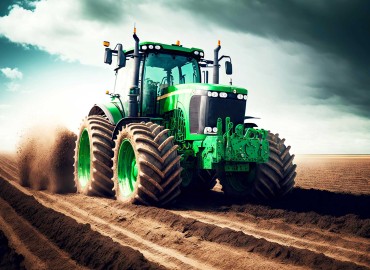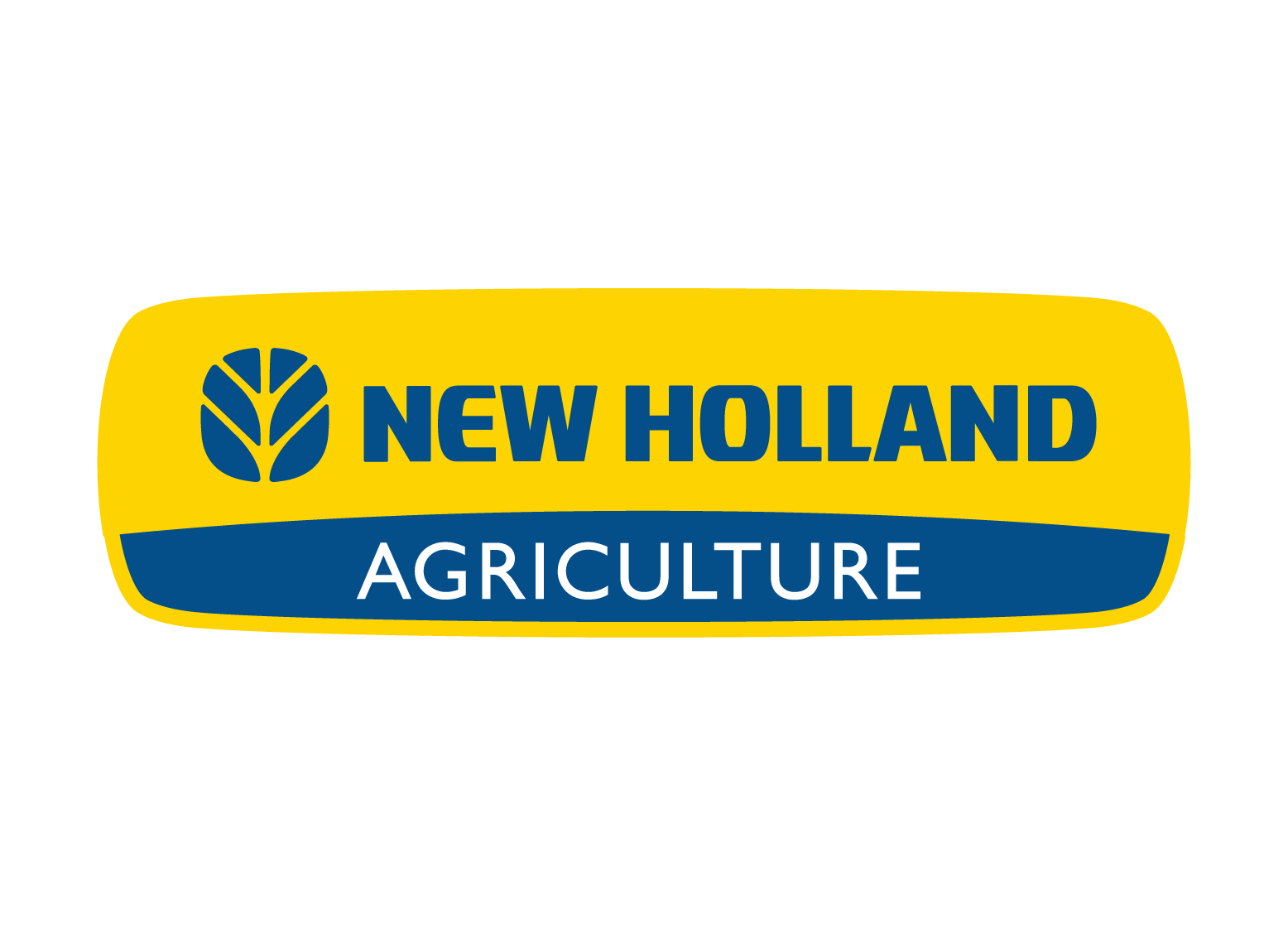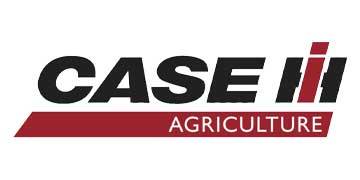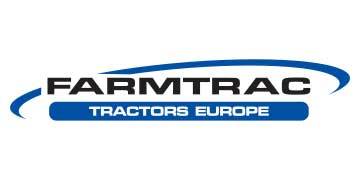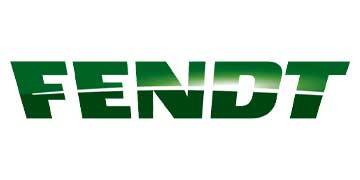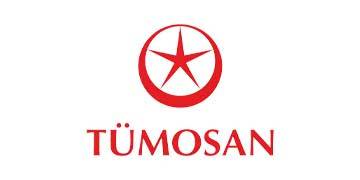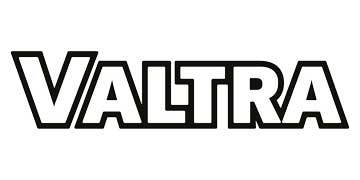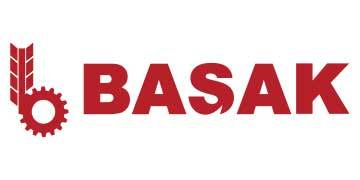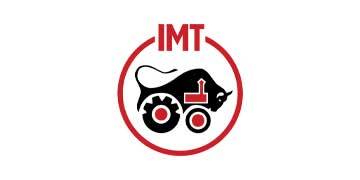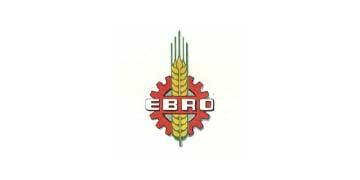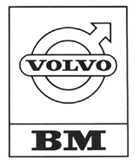To increase productivity in agriculture, it is necessary to minimize the environmental damage by using the resources more economically. For this reason, classical production should be abandoned and transition to smart farming practices should be made. The main purpose of these applications is to use agricultural inputs where and when they are needed and in the required amount.
What is Smart Agriculture?
Smart agriculture is a technique that minimizes the damage to the environment by using resources more economically to increase agricultural productivity. It also provides soil and crop management. This way, it aims to increase productivity while minimizing product losses. It is also called Agriculture 4.0.
What is the Purpose of Smart Agriculture?
Smart agriculture is a modern agricultural production technology based on the intervention to be made by considering the requirements, location and time criteria that differ in the area where the crop is planted in an agricultural activity. It is done for various purposes.
The goals of smart agriculture are:
- To prevent waste of resources with the use of improved information and control systems,
- To increase the gross return of the product,
- To minimize the environmental pollution caused by production,
- Reducing chemical expenses such as fertilizers and pesticides,
- Protection of the environment,
- Providing high quantity and quality products,
- Providing better information flow for business and breeding decisions,
- Establishment of registration order in agriculture.
What are the Opportunities of Smart Agriculture?
With the reflection of the use of technology on agriculture, the yield from agricultural activities increases considerably. Because in smart agricultural applications, tractors and the equipment they are connected to communicate with each other throughout the production process.
With Agriculture 4.0, the following can be seen in detail and in real-time:
- Location, application extent and type of fertilizers should be put,
- Type of spraying will be done,
- Irrigation time of plants,
- The condition of the soil,
- Estimated harvest time.
With these facilities offered with Agriculture 4.0, it is possible to get maximum efficiency with the least use of resources.
What are Smart Agriculture Applications?
There are some technologies required for smart farming applications. Because in applications, technology is used to perform the following more effectively:
- Soil analysis,
- Soil tillage activities,
- The planting to be done,
- Fertilization,
- Spraying,
- Harvest operations
The technological systems required for Agriculture 4.0 applications are:
- Detection,
- Monitoring,
- Control,
- Data transfer,
- Decision support
Techniques of smart agriculture are techniques that can be used in almost every period of plant production, from tillage to harvest. In this way, it is ensured that maximum efficiency is maintained in all activities.
The following technologies are used in 4.0 applications:
- Sensors,
- Remote sensing drone,
- Satellite technologies,
- Artificial intelligence,
- Robot technologies,
- Image processing technologies.
These technologies used in agriculture have many advantages when compared to conventional applications.
Advantages of Smart Agriculture
Smart agriculture offers various advantages to both the producer and the consumer. The advantages of Agriculture 4.0 applications are:
- It is possible to measure the soil and air temperature with the help of sensors. In this way, it ensures that activities such as irrigation and spraying are carried out more consciously.
- Thanks to local meteorology stations, regional forecasts can be reached. Therefore, it is ensured that the farmers have more control over their regions' weather conditions.
- The biggest advantage of smart irrigation systems is water saving. In addition, there are irrigation systems that can even be controlled from phones. This way, it is possible to irrigate without going to the field.
- The productivity of agricultural lands can be determined using satellite image processing systems. At the same time, factors affecting productivity can be easily identified.
- On the other hand, image processing technology can easily detect factors that damage the product, such as faults or harmful insects.
- With 4.0 applications, factors that play a direct role in productivity, such as which area of the land, to what extent, what kind of fertilizer should be applied or the irrigation time of the plants can be seen in real-time.
- The technologies used are those that significantly increase productivity and product quality. In this way, the consumer has the opportunity to reach higher quality and delicious products.
Agriculture 4.0 brings many advantages and benefits for farmers, consumers and the world.
 en
en  tr
tr 
